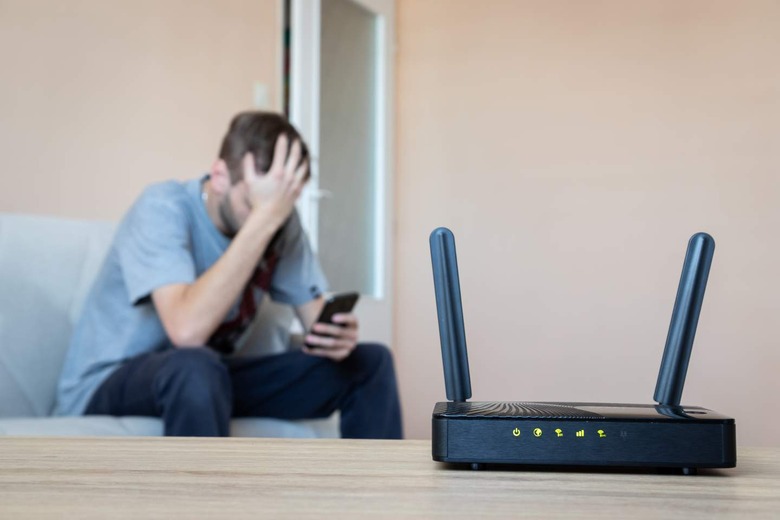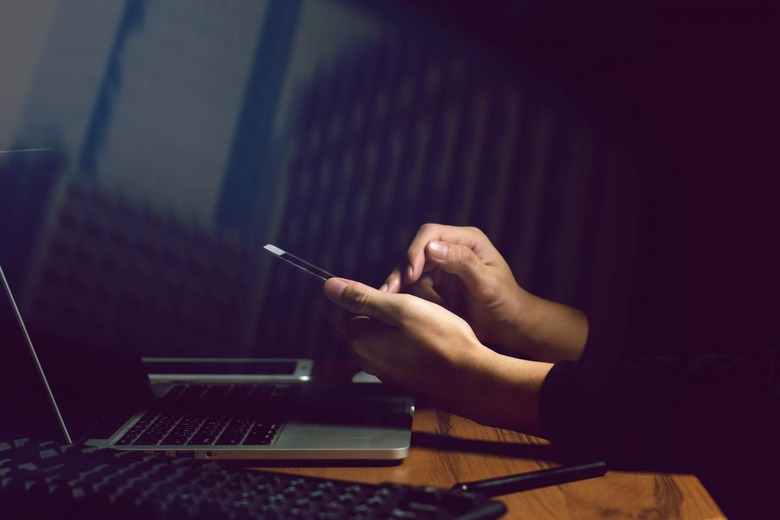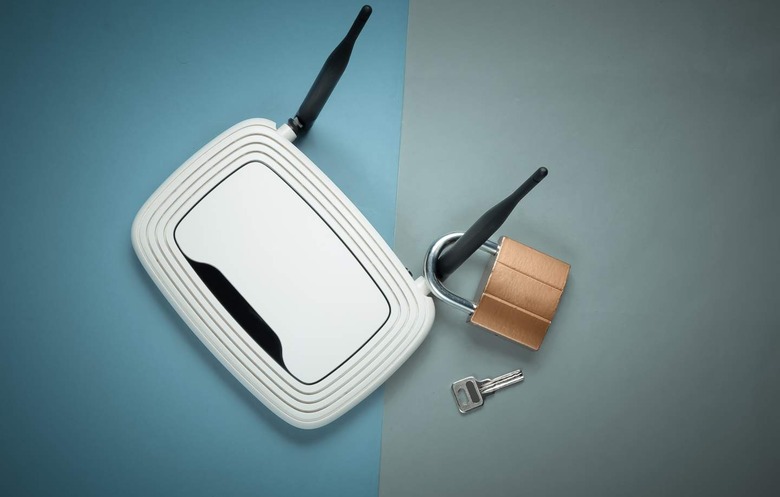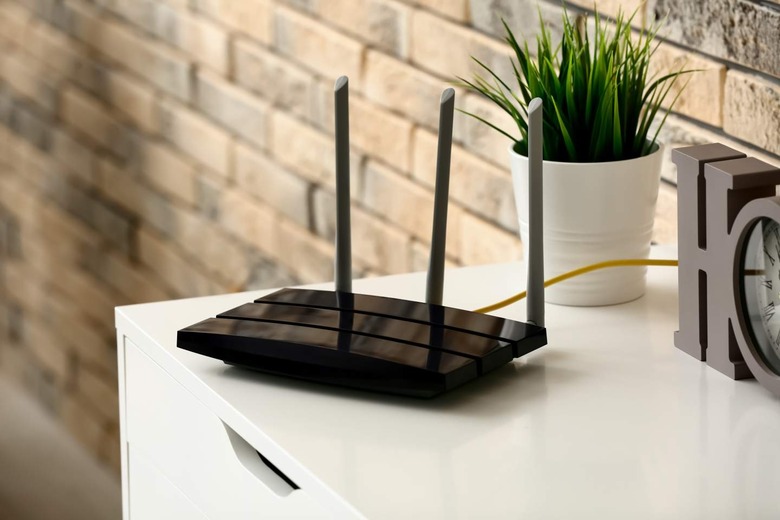Never Use Your Default Wi-Fi Password. Here's Why
When your internet company sets up your Wi-Fi for the first time, they usually give you a Wi-Fi password and ask you to memorize it. This password lets you access the internet, which is beamed to your devices by the wireless router placed inside your home. But what if we told you there is another password that you need to worry about, and that not changing it could pose a potential security risk to you and your computer?
The password in question here is called the router password. Unlike your Wi-Fi password, which gives you access to the internet, the router password is primarily used to access critical router settings (via Linksys). Below, you will learn why you should never use the default password on your router, and why you should change it as soon as you set your router up. In case you haven't already done this, we've also detailed the steps you need to take to change your router's default password.
The default password is just a couple of guesses away
Most companies use the same password across various models to make the initial router setup simple — though there are safer methods available. These passwords are sometimes as simple as 'admin,' '12345', or the name of the router brand itself. Now, even though a potential hacker may not know your router's brand, all they need to do is try a couple of well-known default passwords. If one of the attempted passwords works, the intruder will gain access to your Wi-Fi network and your router's critical settings.
The risk of this happening increases manifold if you've left your Wi-Fi unsecured or if your Wi-Fi password and the router password happen to be the same. Fortunately, the default password — and the ways to access the router settings — are detailed in the device's user manual. If you still have that manual lying around, it would be a good idea to look at it and go through the section that deals with router passwords and setting up the device.
What if you don't change your password?
The list of things that could go wrong because of an unchanged router password is rather long. This is because there are many ways in which potential hackers could misuse their access.
The most common form of misuse is simply gaining access to your Wi-Fi network and using your internet connection for free without your knowledge. For example, a mischievous hacker could simply change your router password and effectively lock you out of your own network. Following this, you may be required to manually reset the router or call your internet service provider to get things back to normal.
Those with more sinister intentions could, however, change your DNS settings and use your network for illegal activities. Depending on how your home network is set up, a hacker could also potentially access personal files stored on your computer and even infect your computer with malware that causes it to crash. In worst-case scenarios, your network could be used to initiate cyber attacks — all of this happening without your knowledge (via F-Secure).
Accessing a Wi-Fi router's settings
Now that you know the pitfalls of leaving your router password unchanged and unsecured, it's time you take steps to remedy the problem. Depending on the brand of router you own, these steps could change. Please refer to the user manual that came with your router for clear instructions on how to go about changing the default password. We have outlined the most common steps you will be required to perform to do this.
The first step is to log in to your router settings (also called the router console). To do this, you will need to type an IP address in your browser's address bar. Listed below are the most commonly used IP addresses depending on your router brand:
- DLink: 192.168.1.1 or 10.0.0.1
- Asus: 192.168.1.1
- Belkin: 192.168.1.1 or 192.168.2.1
- Buffalo: 192.168.11.1
- Apple: 10.1.1.1
- Linksys: 192.168.1.1 or 192.168.0.1
- Netgear: 192.168.0.1 or 192.168.0.227
You can also find the IP addresses of the most popular router models online (via RouterIPAddress).
How to change the default router password
Once you enter the correct IP address for your router model, you should see a page that asks for a username and password. The default username and password are usually printed on a label placed on the bottom of the router. If you do not see a sticker, the next best option is to check the user manual or simply try a Google search with the device's model number. In many cases, the username and password are the same: "admin."
On some models, you can leave the password section blank and simply hit enter.
Once you enter the correct ID and password, you should now be able to access the router console. Within the router console, look for the option to change your router password (again, the user manual should be of help here) and change the default password to something that's not easily guessable, but that you can remember. If you tend to forget passwords, you should write it down and hide it somewhere others aren't likely to look so you can quickly take a peek when required.
You may need to click "Apply or "Save" to ensure the changes are made.
Once this is done, you may be required to reboot your router to make sure the new settings take effect. The changes you made to the router settings will significantly reduce the chances of someone unauthorizedly gaining access to your network.




